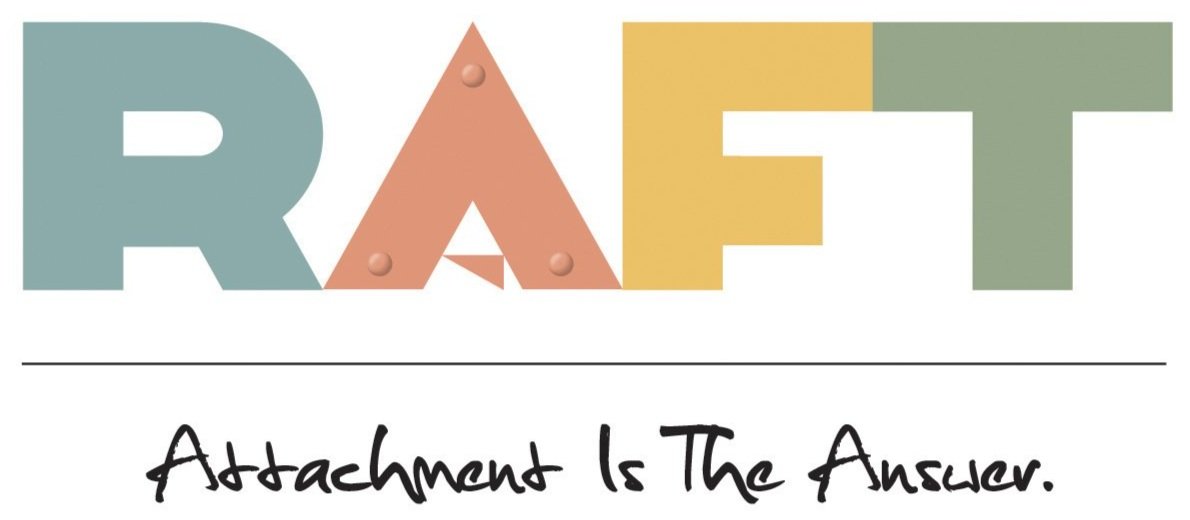Homework and Homelessness
Homework ends homelessness. It’s a lesson we’ve learned in working with thousands of Teens over the years. Our goal is to spot warning signs of homelessness in schools early on and help Kids establish a sense of security, stability, and self-esteem. Because when struggling Teens are shown a convenient way to stay in school, the dropout rate diminishes.
Today, we’ll provide an overview of the importance of education, why it’s an essential component in youth homeless prevention, and what we’re doing at RAFT to help enforce this bond of attachment.
The Importance of Education
Education is vital in breaking the cycle of Youth homelessness.
It carries the power to transform lives and serves as a valuable precursor to stable and meaningful employment.
Schools and those working within them provide students at-risk of experiencing homelessness with consistency. There, a caring adult- whether a counsellor, teacher, or coach- could likely spot early warning signals.
In a world known to be frequented by instability, schools provide homeless students with increased dependability and predictability, leading them to form long-term secure attachments.
However, for students experiencing homelessness, remaining in school is a serious challenge. Homelessness can disrupt their ability to stay in school, often leaving many with little choice but to drop out.
Studies find that 63 percent to 90 percent of Teens experiencing homelessness did not complete high school, despite being of age to do so.
What’s more, recent national research conducted by the University of Chicago’s Chapin Hall found that not securing a high school diploma was a top risk factor for Teen homelessness, resulting in a 4.5x higher likelihood of experiencing homelessness.
Failing to obtain a high school diploma can lead to severe consequences for Youth down the road. Research demonstrates that Young People who don’t graduate from high school report lower rates of labour force participation, lesser health outcomes, and increased activity with the justice system.
And once on the streets, returning or continuing education becomes an even greater challenge. Lacking access to stable housing, adequate income, proper nutrition, and social bonds, school becomes an unrealistic opportunity for most Kids on the street.
The Link Between School and Youth Homelessness
Youth Homelessness and school are interconnected. In truth, education is one of the most important long-term strategies to address and prevent Teen homelessness.
Every Young Person at risk of homelessness was, at one time or another, in school. There, a caring adult- whether a counsellor, teacher, or coach- likely spotted early warning signals.
Lack of engagement, poor hygiene, erratic attendance- whatever the signs were, an adult in that school had a feeling that something was wrong but was unsure of how to best intervene.
By cultivating close partnerships between early intervention programs, like the ones provided by the RAFT, there is a real opportunity for Teens to find out where to locate support as well as for teachers to make connections and direct Youth to the appropriate services in their community.
By encouraging and supporting Youth to stay in school we can help them build security, stability, and self-esteem so they can move forward with their life in a safe planned way.
The RAFT– Making it Possible for Kids to Continue Their Education
Education is power. And here at the RAFT, we help Teens at risk of homelessness harness this power.
Through our Youth Reconnect program, we ensure that Teens remain connected to family, friends, and communities while staying engaged in school to maintain a positive support network that can enrich their personal development and well-being.
Working alongside Teens and Teachers, our Attachment experts, find convenient ways for Teens to stay in school. Through this youth homelessness prevention program, we enhance school engagement, support student success, and strengthen existing natural supports to prevent and reduce the risk of homelessness. Improving attendance and enhancing feelings of inclusion, by addressing bullying, increasing social connectedness, and helping Teens engage in meaningful activities in school, are just some of the ways in which we support this indispensable bond.
While our Youth Reconnect program will vary across individuals, the goal will always remain the same: to provide at-risk Youth with the support and tools they need to remain connected to family, community, and education. Because when Teens are given Attachment tools that instill feelings of safety and security, they never define themselves as homeless.
To learn more about our homelessness support services and how we’re solving Youth Homelessness by strengthening the bonds of attachment, reach out today.
Attachment Is The Answer.

